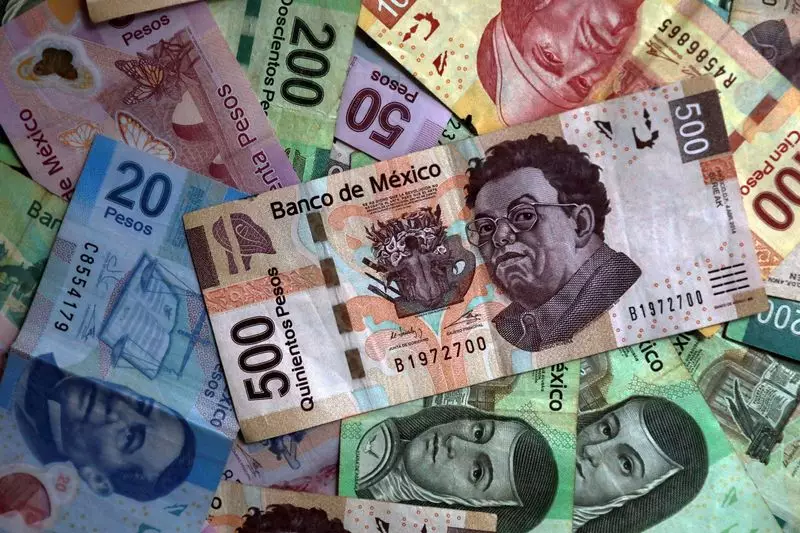In recent developments, the Mexican peso experienced a significant decline, with the exchange rate to the U.S. dollar hitting 20.4949 pesos per dollar—an increase of 1.1% against the value of the peso. This decline is closely tied to the growing anxiety over U.S. President Donald Trump’s aggressive tariff strategies. Similarly, the Canadian dollar isn’t faring much better, devaluing as geopolitical tensions rise, reflected in a slight increase to 1.4381 Canadian dollars per U.S. dollar. This situation underscores a troubling trend in North America, wherein the potential for expanded tariffs looms large, affecting international trade dynamics and investor confidence.
These fluctuations can be traced back to recent U.S. tariff impositions on Colombian imports, triggered by Colombia’s refusal to welcome U.S. military flights carrying deported migrants. This punitive measure not only affects Colombia but also sends ripples across the region, raising alarms in both Mexico and Canada. Trump’s potential plans for additional tariffs—up to 25%—on imports from Mexico and Canada exacerbate fears of a broader trade conflict. Such policies are likely to strain financial relationships and disrupt trade agreements that have long facilitated economic collaboration and growth.
Despite facing losses from the previous week, the U.S. dollar managed to strengthen marginally, gaining approximately 0.2% against a range of other currencies. This resilience, however, serves as a double-edged sword, revealing the complexities of global currency exchange during periods of economic uncertainty. Investors are navigating a precarious landscape as they attempt to predict the outcomes of Trump’s tariff threats. While the U.S. dollar’s short-term performance appears stable, the potential for escalated trade tensions could significantly alter its outlook in the near future.
The ramifications of these tariffs extend beyond immediate currency fluctuations. The possibility of Trump escalating tariff rates to 50% if Colombia’s compliance remains unsatisfactory illustrates a concerning precedent that could influence policy negotiations with both Canada and Mexico. The likelihood of additional tariffs on China adds another layer of complexity to the global economic landscape, raising questions about trade policy coherence. These actions are indicative of an administration willing to leverage tariffs as a tool for negotiation, thus impacting not only regional but also global economic stability.
The geopolitical climate fostered by the current U.S. administration’s trade policies brings considerable uncertainty to the Mexican peso and Canadian dollar. As these currencies react to potential tariff escalations, it becomes increasingly important for leaders and policymakers to engage in comprehensive discussions to mitigate adverse economic impacts. The intricate relationship between trade policy and currency valuation necessitates a strategic approach to foster resilient trade agreements and exchanges in an era dominated by protectionist sentiments. The future of North American economic collaboration depends on effective dialogue and responsive policy adaptations to alleviate fears and bolster investor confidence.

